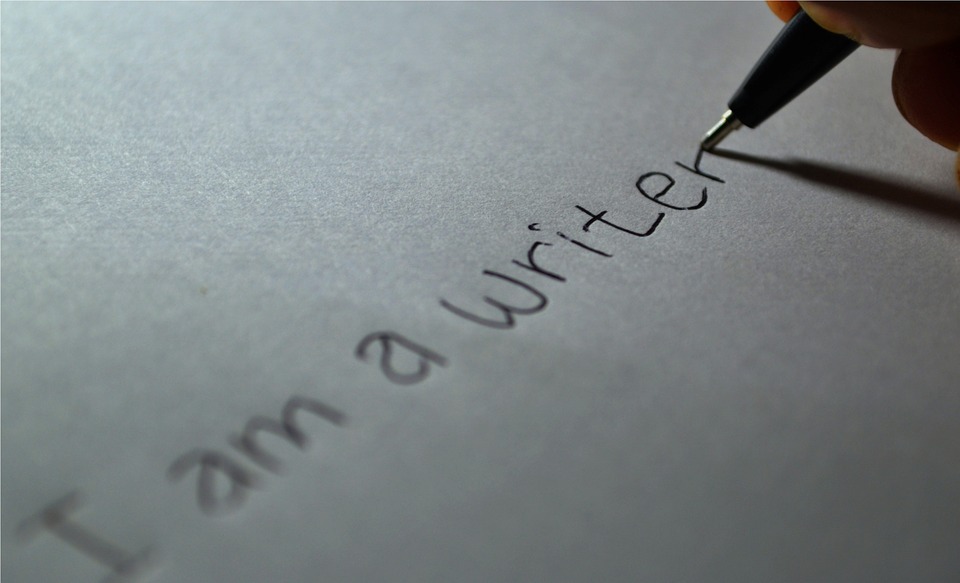 “In writing, you must kill all your darlings.”
“In writing, you must kill all your darlings.”
-William Faulkner
Dear Writers,
Kill the Darlings. It’s one of the first and most important things we learn to do as writers. We all know it is essential. And sometimes, not as simple as it sounds.
Killing your darlings means:
- Getting rid of individual lines that attract so much attention you have to explain them into the text. Or they take the reader out of the moment. Or they stop working, but we love them so much, we leave them in anyway.
- Getting rid of subplots that have helped you write the story, but are now distracting the reader from the point of the story. If they show up too early, they can even mess with reader appetite.
- Losing ideas that do not serve the story.
- Killing characters that don’t add tension or conflict or don’t . . . serve the story!!!!
So why do we find killing our darlings so hard? Why do we get attached to lines and plots and characters that don’t…you know what I’m going to say… serve the story?
What can we do to recognize our darlings for what they are–obstacles to finishing? How can we honor them even as we delete them from the manuscript?
If you know me in real life, you know I ALWAYS delete my discovery draft. This is my Number One Best Darling Preventer–and I’ll always be grateful to Cynthia Leitich Smith for encouraging me to try it. My discovery draft is a draft is a mining expedition. I write until I know my characters. I do this as fast as possible. No rewriting. No structure. All play.
It’s a PLANNING EXERCISE.
NOTE: The more I write, the more important the planning phase has become to my writing! I now plan before drafting, and then again between drafts to make sure that the darlings are NOT getting in my way. Stepping away from the manuscript and playing has been the secret to keeping writing FUN and PRODUCTIVE.
So step one is easy: PLAN and PLAY.Anyway you like. Start with a storyboard of what your story is NOW and then write a storyboard for what you think your story can become. Or do this in outline form. Or make a whole bunch of lists. Try the connectivity chart of all your characters. Circle the ideas/characters that strengthen your story and add TENSION and CONFLICT. If they are not contributing, ask WHY. Sometimes, you can change a character to make her or him important. But sometimes, that character is a darling.
Step two isn’t hard either. Circle your favorite lines. Some will be worth saving. If you catch yourself overwriting to keep it, it probably needs to go. Last week, in my line edits, my editor asked me to change THE VERY BEGINNING and that meant losing my favorite line. I spent about three days moaning and groaning and trying to keep it. I had my speech ready for her! Then I tried giving it up. And no surprise, I found a better line!
Last, ALL THAT MATTERS is STORY. Your characters…your lines…your outcomes….they are all ARBITRARY. Story is FLEXIBLE. Darlings are often the product of putting “beautiful writing” ahead of story. They are what happens when we don’t yet know the point of our story. They are what happens when we want to get to PRODUCT too fast. They happen to ALL OF US, NO ONE IS LEFT OUT, SO GET USED TO IT!!! Kill them!
Ready to slay some darlings?????
Killing lines is one thing. But a whole character or subplot? Let’s talk about that.
My favorite exercise remains the connectivity chart. Write down all your characters on a piece of paper. Including the adults. Draw lines between the characters that share scenes. Then draw squiggly lines between the characters that create conflict with/for each other.
Here’s one of mine for an early draft of BELIEVE.

From this chart, I ask: Are there too many characters that create no conflict?
Are there characters that look like they should create conflict, but your readers have told you, do not?
Are your characters/subplots relying on coincidence? Do their storylines get muffled? Are they each serving the point of the story?
In this chart, I saw that Samantha wasn’t doing her job. Her dialogue was FULL OF DARLINGS, sassy lines that did nothing to push the story forward. Instead of cutting her (I liked all the threesomes in this book), I re-imagined her. I gave her more interesting desires. And misbeliefs. She began to create a real possibility of FAILURE for the main character. She even made me WORRY! (Always a good sign.) And she came to life! And that character ended up making a big difference in the big scenes.
Cutting a darling feels like a BIG DEAL. But it shouldn’t. Because the DELETE key makes space. It gives you an opportunity to add more, to tighten your story. And of course, PLAY!!! Remember: everything is arbitrary! Your story is all that matters!
Have a great writing week!
xo s
